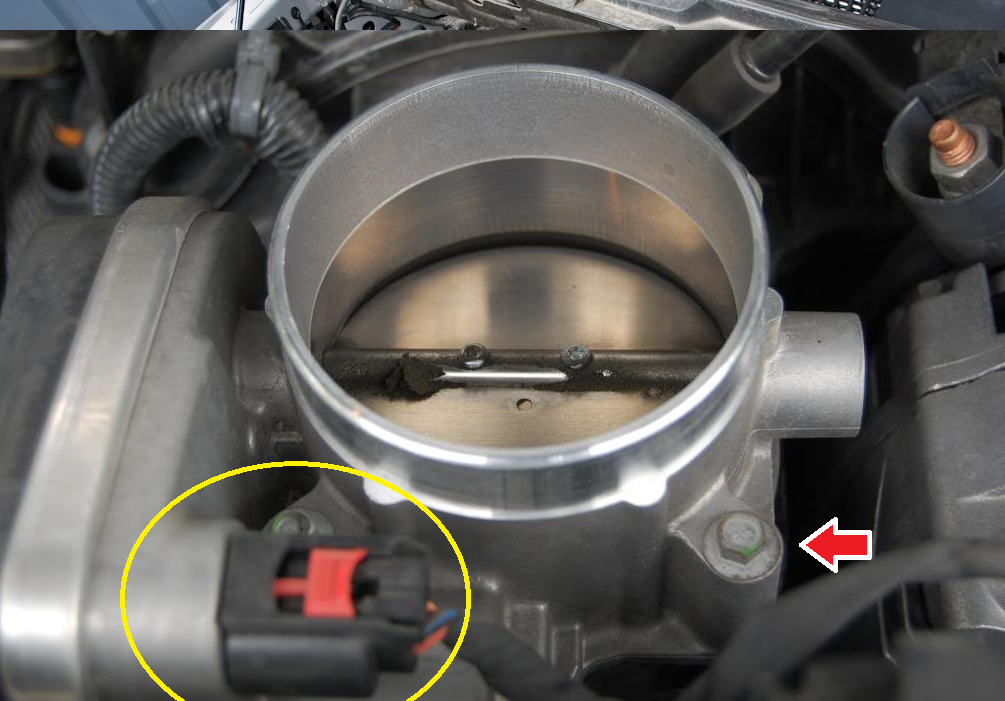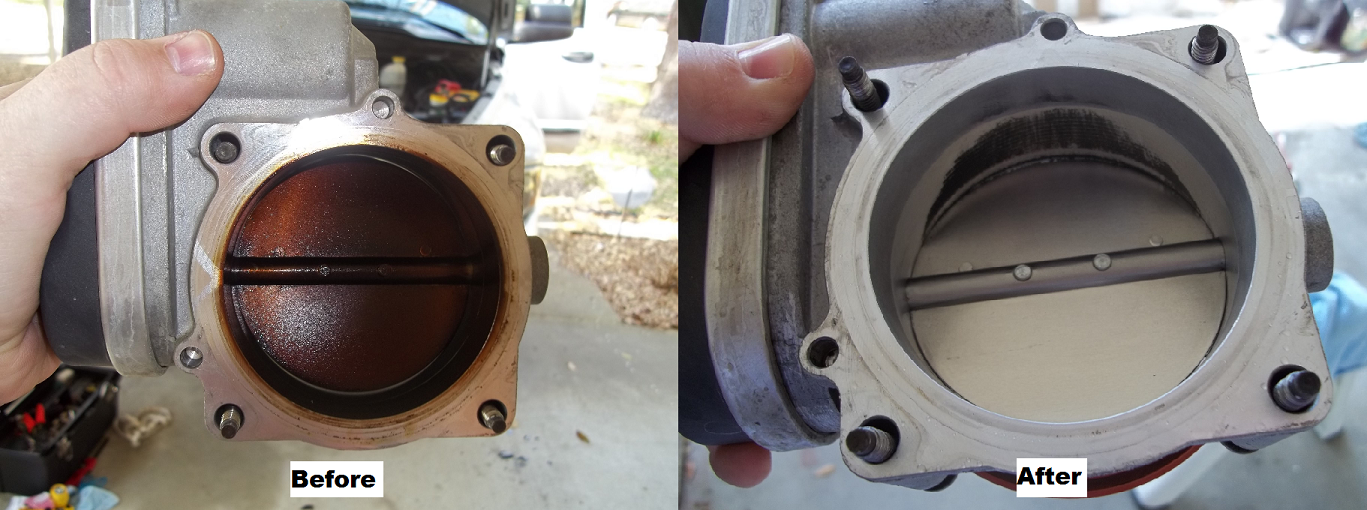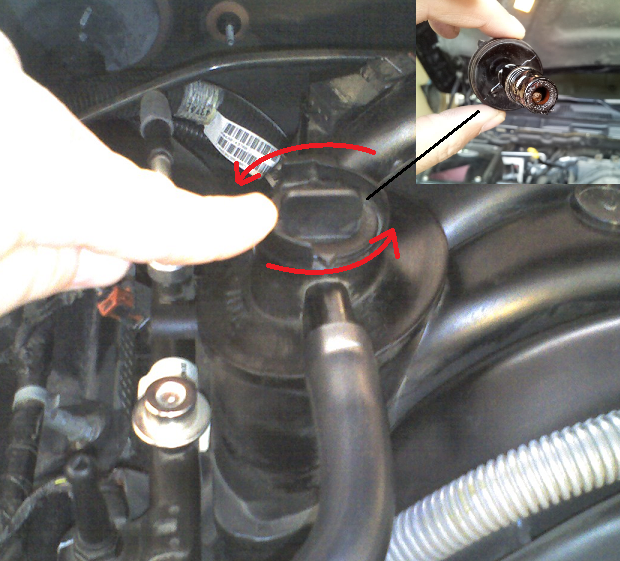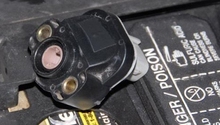Dodge Ram 2009-Present: Why Am I Experiencing Carbon Buildup?
Hemi-powered Dodge Rams can experience excessive carbon buildup on the throttle body, but you can get your engine back to being monstrous.
This article applies to the Dodge Ram 1500 (2009-Present).
The Hemi engines installed in various Dodge Ram vehicles have been known to experience excessive carbon buildup at the throttle body. These high performance engines create a significant amount of pressure in the crankcase that must be vented in order to maintain proper operation. With today's emission requirements, these pressures, combined with the exhaust gas recirculation valve, must be vented back into the engine's intake instead of being released into the atmosphere.
Unfortunately, a significant amount of oil vapors and moisture can also make their way into the intake manifold and cause carbon buildup on the throttle body, and also contribute to buildup on intake valves and piston crowns. Further, the ingestion of oil vapors can reduce the fuel octane rating and lead to pinging and engine misfires. To top it off, a carbon fouled throttle body butterfly valve can reduce throttle response and cause engine idling issues. While regular throttle body cleanings will help maintain engine performance, many truck owners have had great success by installing an aftermarket oil catch can. This will help filter the harmful oil and moisture contaminants out of the crankcase gases before it is placed back into the intake. While this article focuses on the V8 Hemi powered Ram, it is also applicable to trucks equipped with different engine configurations.

Materials Needed
- Screwdriver
- Brake cleaner
- Shop rags
- Ratchet, sockets, and extension
Step 1 – Inspect and clean throttle body
The inherent problem with the venting crankcase vapors back into the intake tract is that it results in throttle body build up. This is especially true for the Hemi V8, as buildup can be seen as early as 10,000 miles. Luckily, the throttle body can be cleaned to restore performance.
- To gain access to the throttle body, remove the intake tube running from the air box to the throttle body using a screwdriver to undo the hose clamps. Before removing, be sure to disconnect the intake air temperature sensor electrical plug from the intake tube.
- Remove the engine cover by lifting up at the front and pulling the cover towards you while lifting it out of the engine bay.

Figure 1. Intake tube and IAT sensor plug removal. - At this point, the throttle body is accessible and able to be cleaned. However, most of the buildup will be located on the backside of the throttle body and removal is recommended for the best cleaning.
- If removing the throttle body for cleaning, disconnect the electrical plug from the throttle body and remove the four fasteners securing the throttle body in place.
- Dodge technical service bulletins suggest using brake cleaner to remove carbon and sludge buildup from the throttle body as it dissipates quickly and will not damage the sensitive fly-by-wire electronics in the housing.
- With the throttle body clean, reinstall it making sure the sealing O-ring is clean and properly in place on the intake manifold. Tighten the fasteners and reconnect the electrical plug.


Step 2 – Inspect PCV valve
With the engine cover off, it is an ideal time to inspect and replace the PCV valve if necessary. Depending on the type of failure, a bad PCV valve can release excessive oil into the intake leading to poor performance and sludge/carbon buildup. Similarly, a failed valve can cause excessive crankcase pressure leading to oil leaks.
- The PCV valve is located on the passenger side of the intake manifold, near the firewall.
- Simply turn the valve 90 degrees counter-clockwise and pull upwards to remove.
- The valve should rattle when shaken. If a rattle is not present, replace the valve.

Step 3 – Install oil catch can (optional)
Although some owners suggest the installation of an oil catch can is not necessary, it is highly recommended as it will prevent the need for frequent cleaning of the throttle body. Individuals who regularly tow, drive off-road, or hit the track with their trucks will greatly benefit from a catch can since their engines are under more stress and prone to higher levels of oil accumulation than would occur during regular day-to-day driving. Catch cans are simple devices that are placed between the hoses running from the PCV valve to the intake manifold. Most quality catch cans have a removable base to allow the trapped oil to be quickly and easily drained. Catch cans are easily installed and often attach to the cylinder head to remain out of the way of existing engine components. For proper installation of the catch can of your choice, refer to the manufacturer's installation instructions.
Featured Video: Oil Catch Can Installation
Related Discussions
- Throttle Body Cleaning at 27,000 Miles - DodgeForum.com
- PCV Valve Location - DodgeForum.com
- Dealer Wants to Clean Throttle Body - DodgeForum.com
- Homemade Oil Catch Can - DodgeForum.com






